Saving in Photoshop is a fundamental part of the workflow but is often underestimated. Whether you’re editing a simple JPEG file or managing complex projects with multiple layers, understanding the save options can help you organize your work efficiently and avoid unexpected data loss. This guide gives you a clear overview of the different saving methods and their benefits.
Key Takeaways
- JPEG files can be overwritten directly when you choose "Save".
- "Save As" allows you to create duplicates.
- Photoshop files (PSD) are ideal for editing because they store settings and layers.
- Reducing image quality can decrease file size, which is useful for email delivery or online uploads.
Step-by-Step Guide
Editing the Image and Simple Saving
When creating or editing an image in Photoshop, you have the option to save it at any time. To ensure that the current version of your work is secured, you can simply click on "File" and then on "Save". In this example, we open a standard JPEG file.
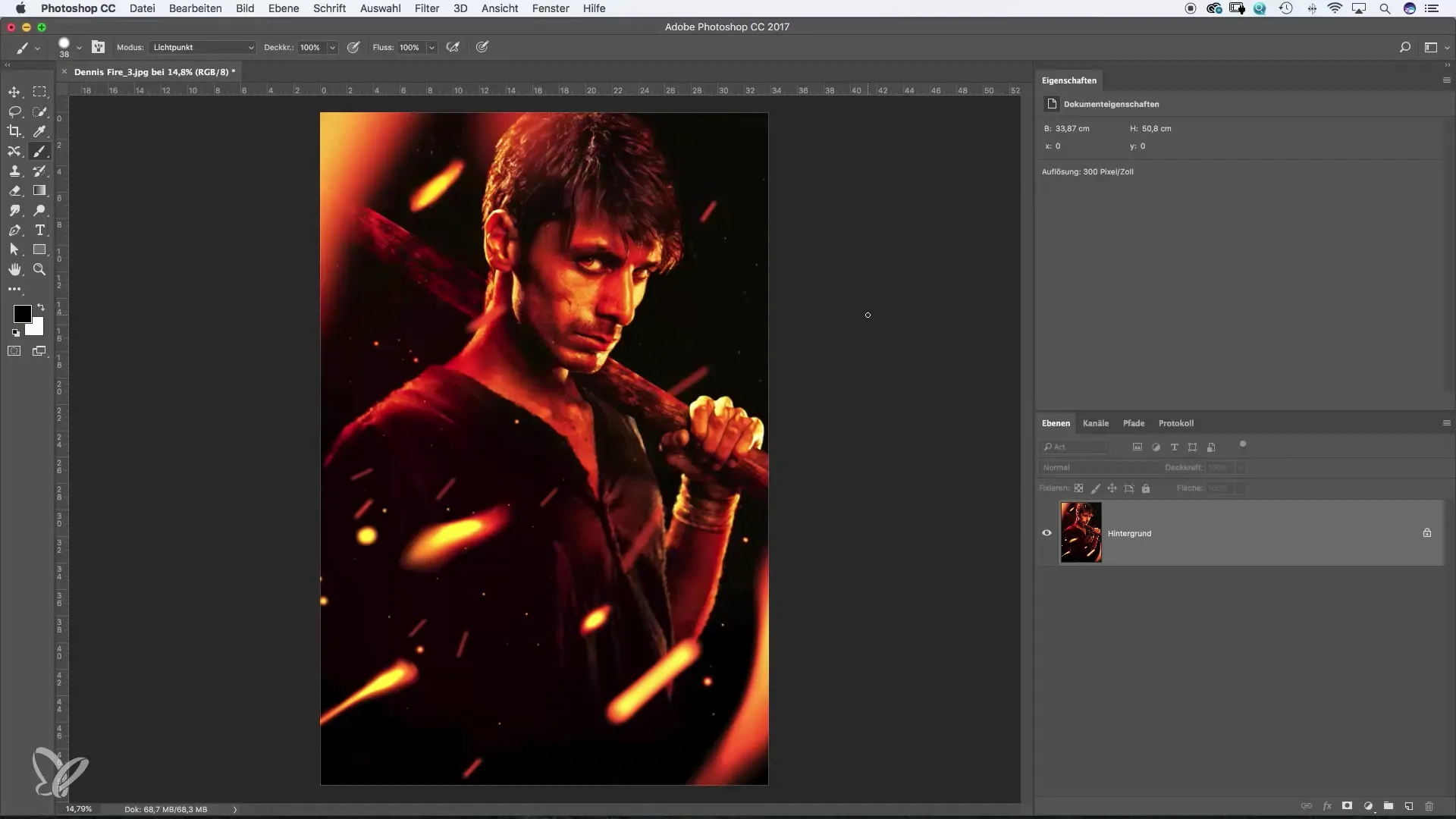
After you have made color changes to the image, for example by adjusting the hue, it is important to save the file to record the changes. When you choose "Save", the original image is overwritten directly.
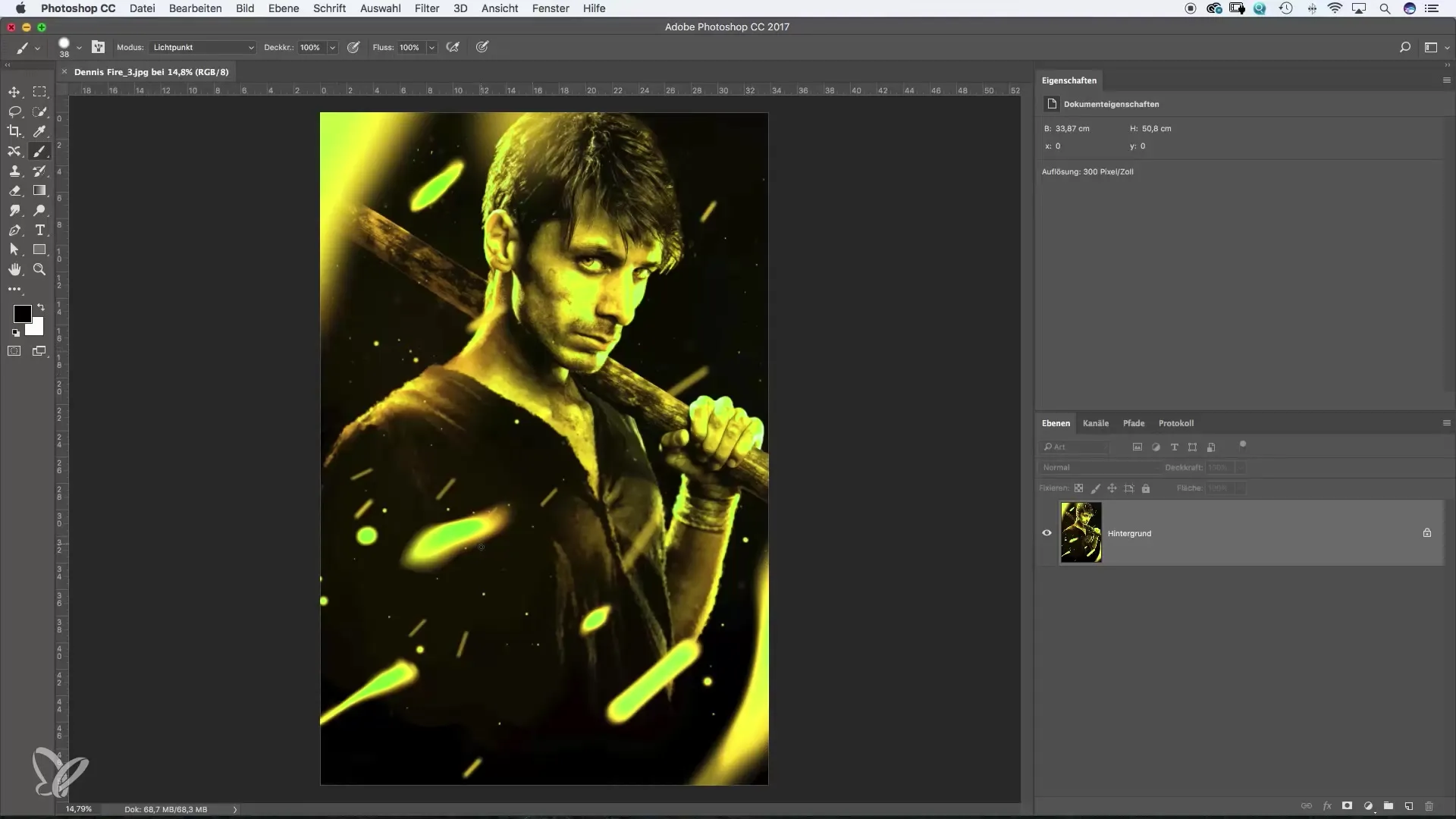
To check that the file has been saved as desired, you can open the folder where the file is saved and ensure that the changes have been applied. In this example, the original image that was red should now be orange.
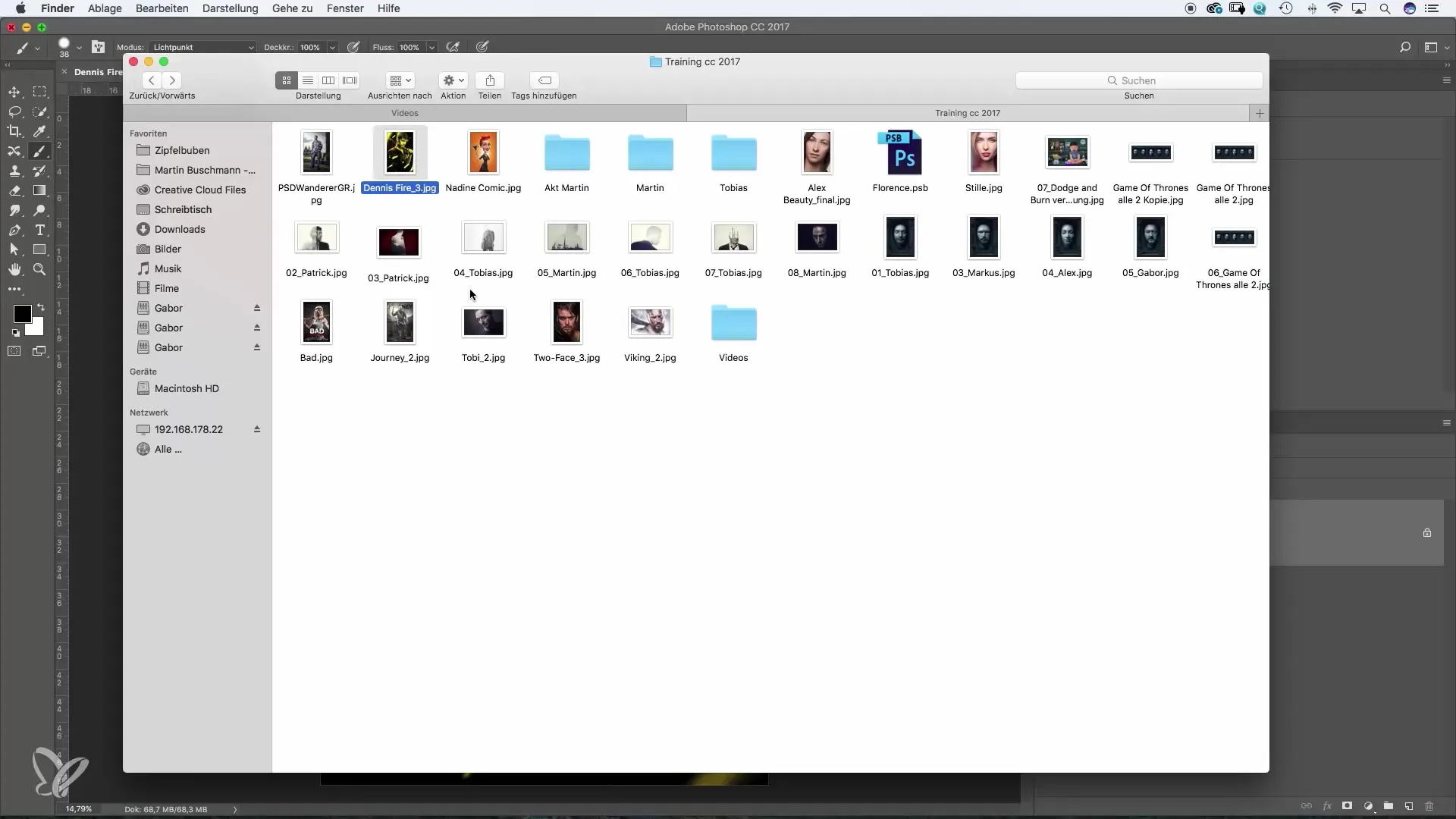
Saving Again and Undoing the Change
If you are not satisfied with the result, you can use "Undo" to revert the previous change. Again, by clicking on "File" and then on "Save", the image will be overwritten once more.
To save a second version of the image, for example to have both a red and an orange version, choose "Save As". This creates a duplicate of the file without overwriting the original.
Saving Copies with Different Qualities
If you want to save the image under a new name, enter the desired filename, such as "Version Z". This function performs a duplication process. This is useful if you want to preserve different touch-ups or styles in separate files.
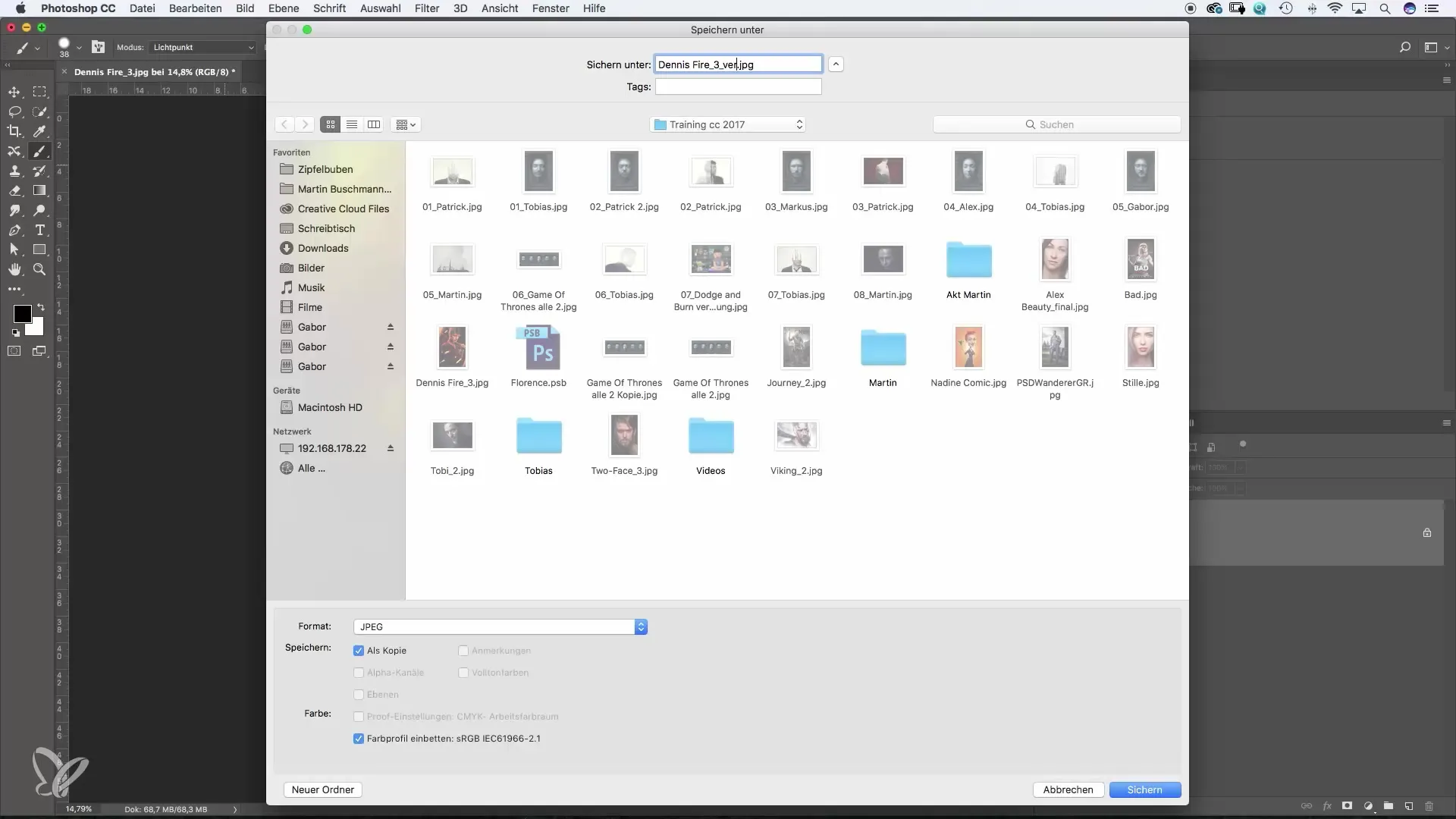
One important feature of "Save As" is that you can adjust the image quality. In the options, you can change the image quality to reduce the file size. For example, a lower quality may be sensible if you just want to quickly email the image or post it on social media.
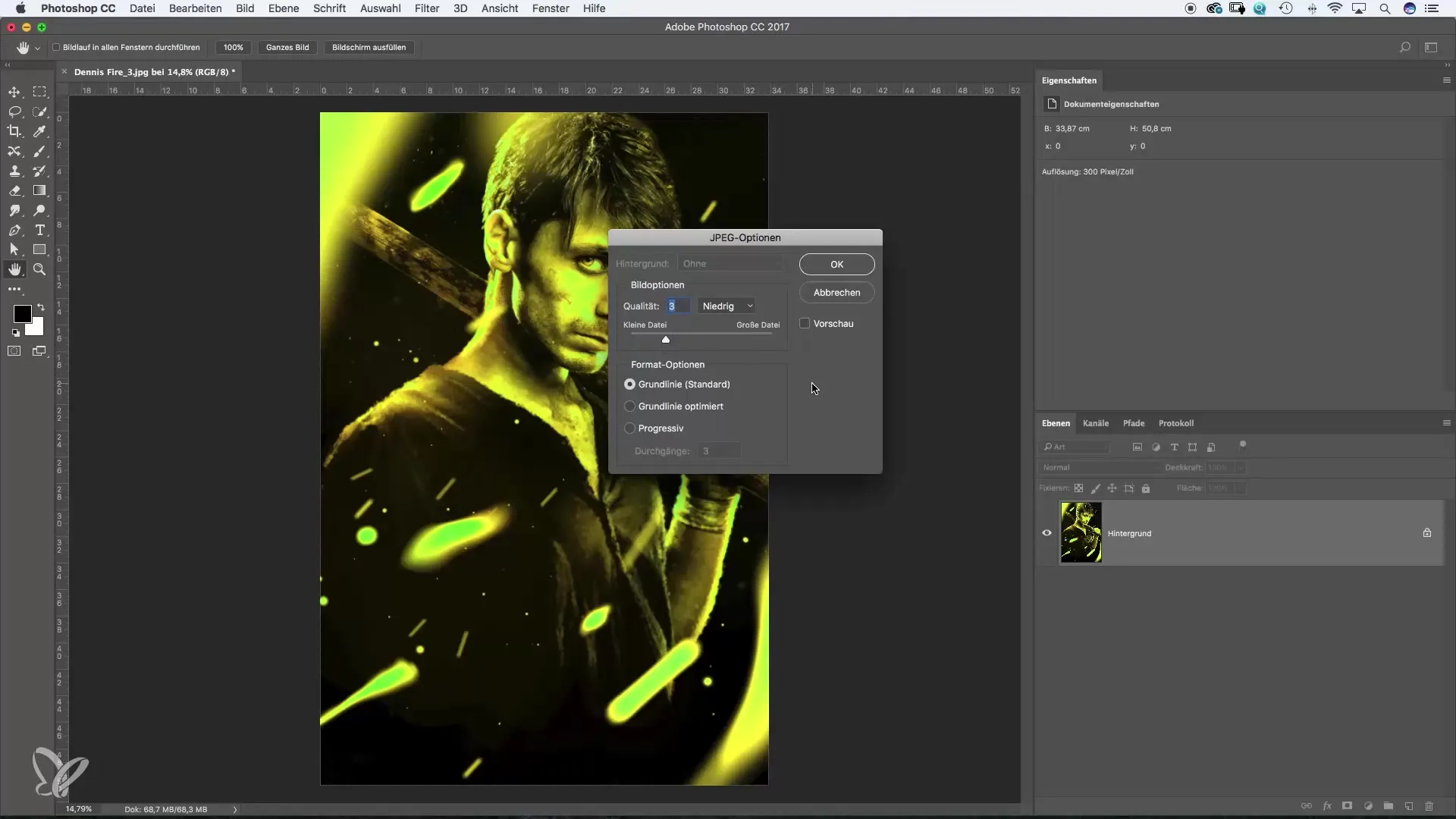
Editing and Saving as a PSD File
Another notable feature is saving as a Photoshop file (PSD). This is especially useful when you save multiple adjustments across different layers. If you created your correction as an adjustment layer, choose the PSD format when saving.
The PSD format allows you to keep all layers and adjustments so that you can make changes at any time without losing the original image data. When saving the PSD file, note that the file size is generally larger than that of a JPEG file.
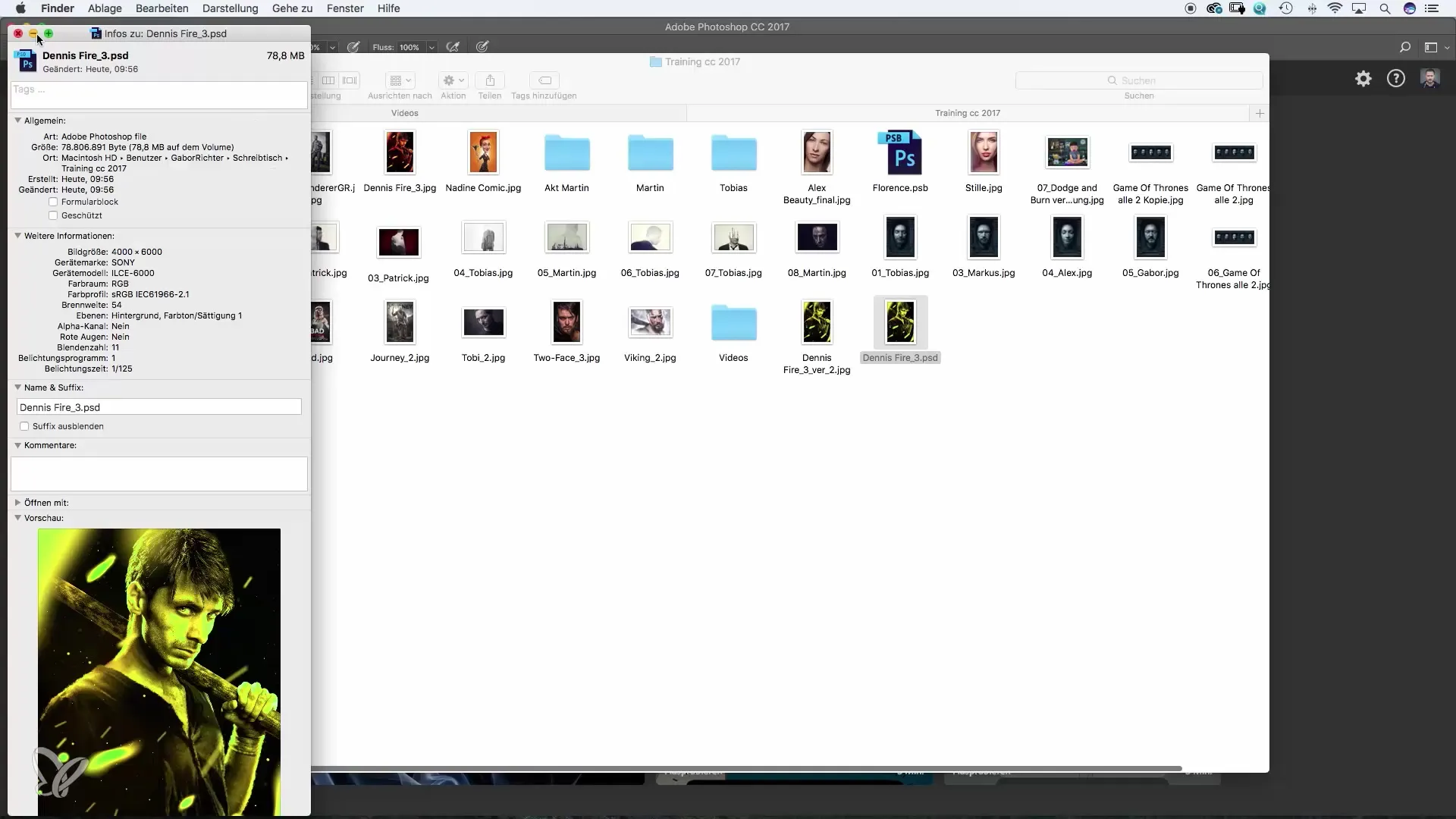
Working with the PSD file enables you to revert or modify adjustments at any time. Unlike JPEG files, which continuously save all changes, the PSD format retains the editing steps. This is extremely useful when you want to experiment with different colors.
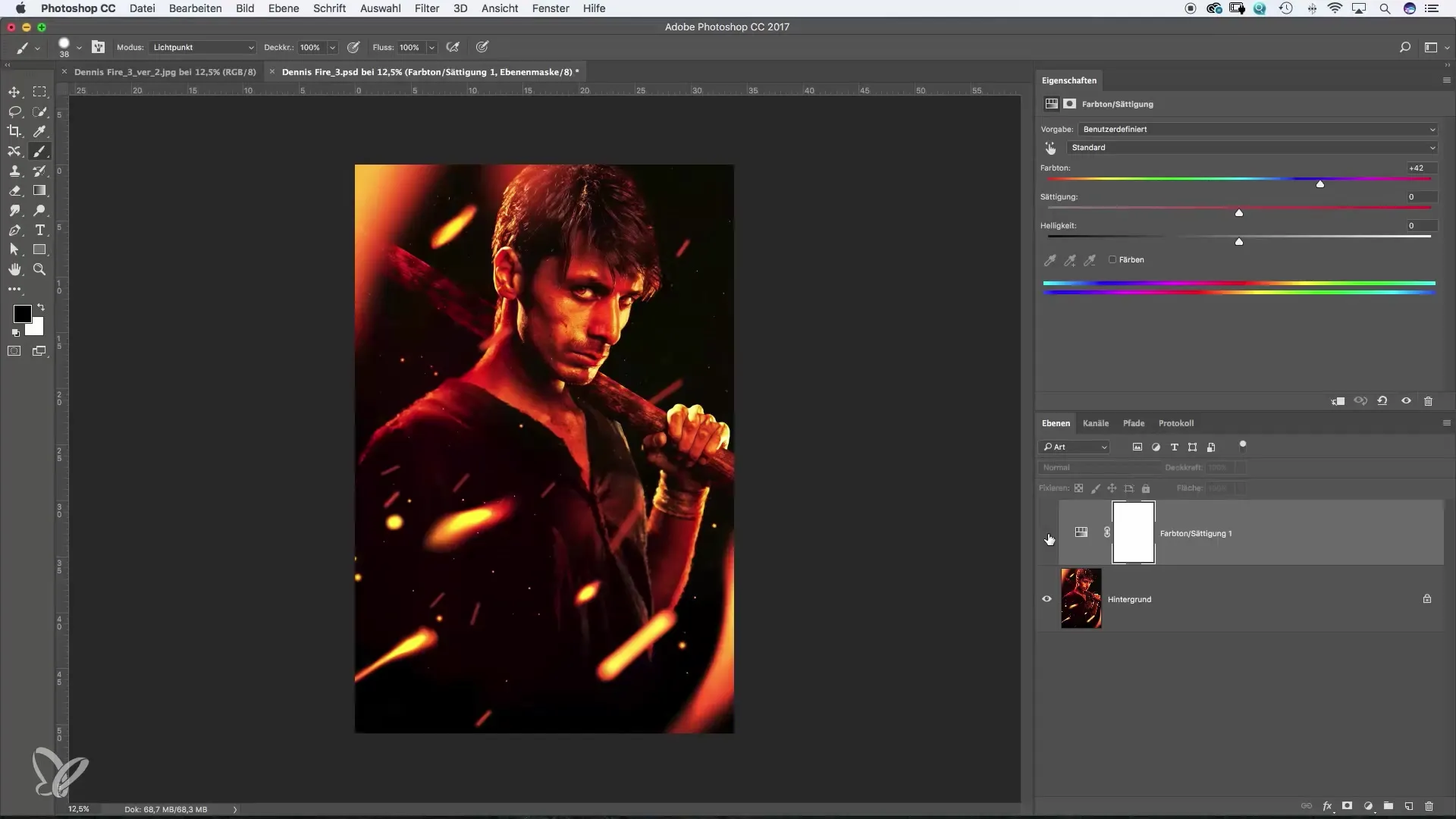
Closing or Saving Upon Exit
When you have finished your editing and want to close the image, Photoshop will ask if you want to save the file. This is a helpful safety prompt to ensure that no unintended changes are lost.
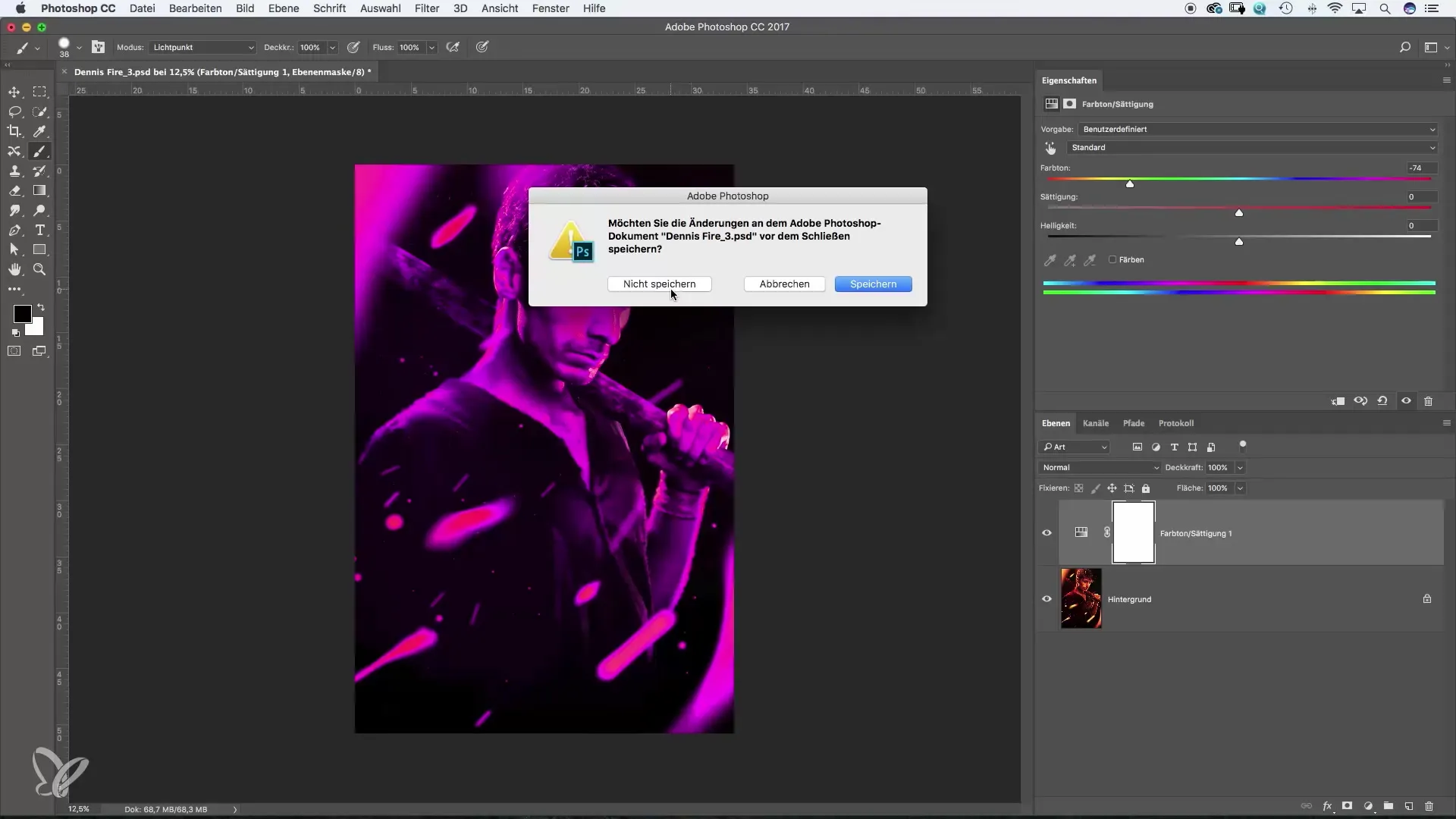
Summary – Saving Data Effectively in Photoshop
Saving in Photoshop can be optimized through various methods, whether you use simple JPEG files or complex PSD documents. Keep your work secured and save time by applying effective saving methods.
Frequently Asked Questions
How do I save a JPEG file in Photoshop?Click on "File" and then on "Save".
What happens when I choose "Save"?The current file is overwritten and the changes are not lost.
How do I save a copy of my file?Choose "Save As" and enter the new filename.
When should I use a PSD file?Use a PSD file when you want to keep multiple layers and adjustments.
How can I change the quality of my JPEG file?Choose "Save As" and adjust the image quality in the options.


